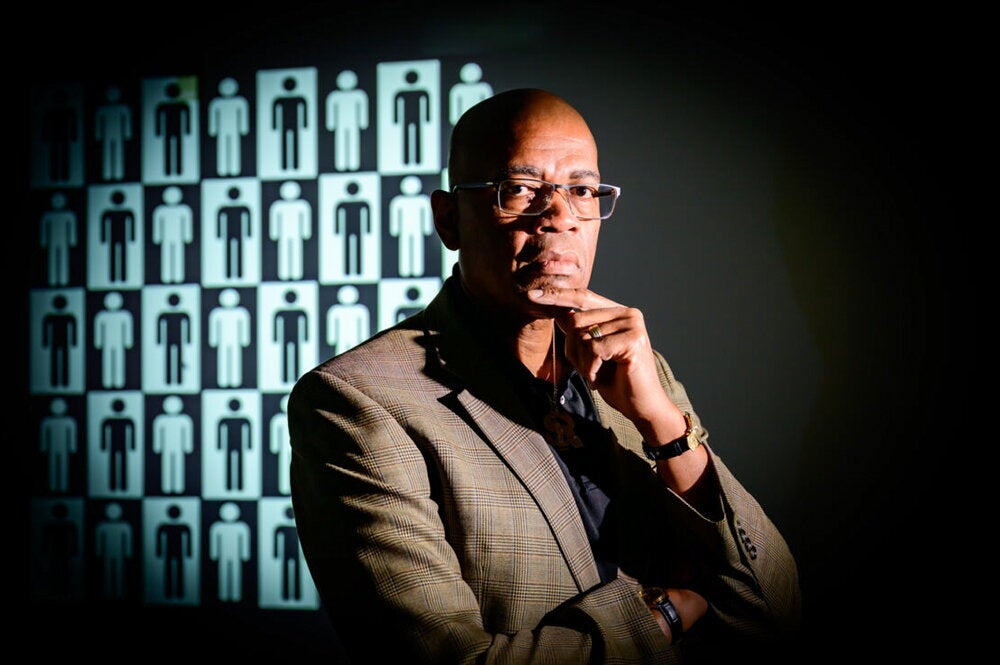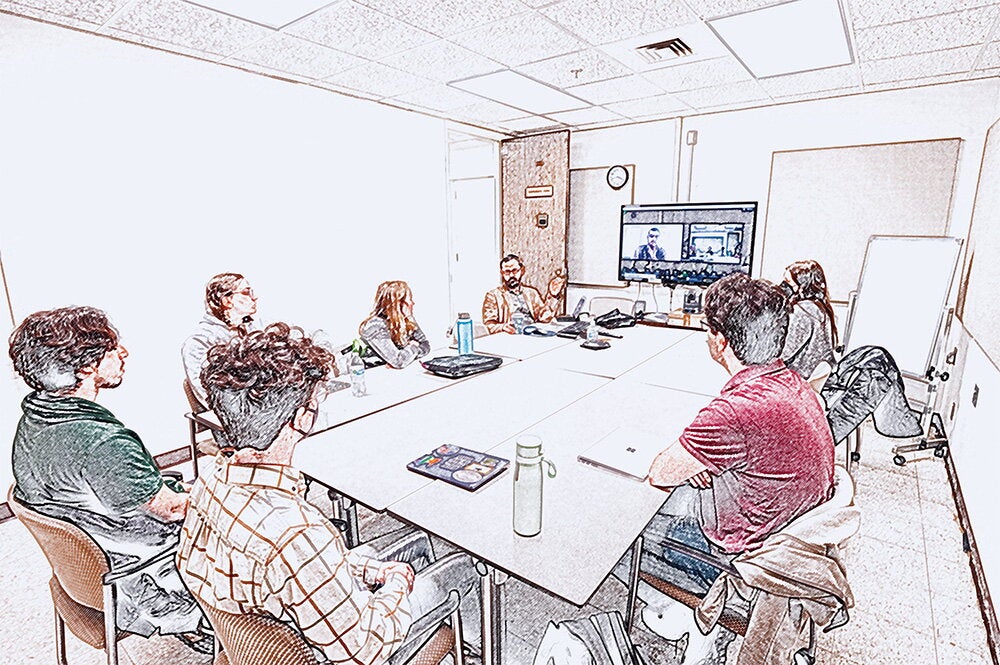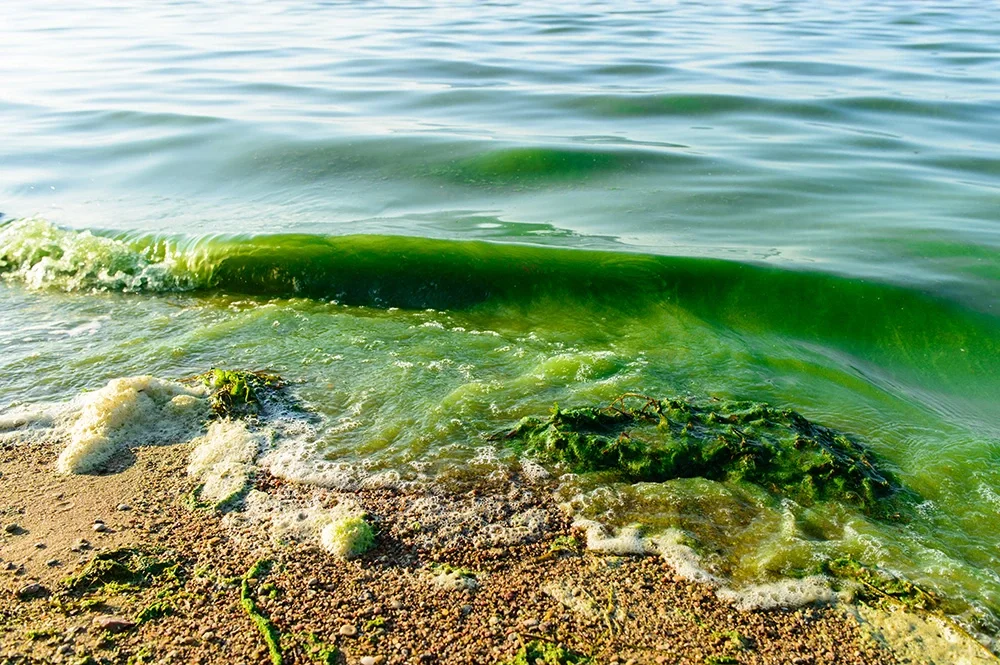
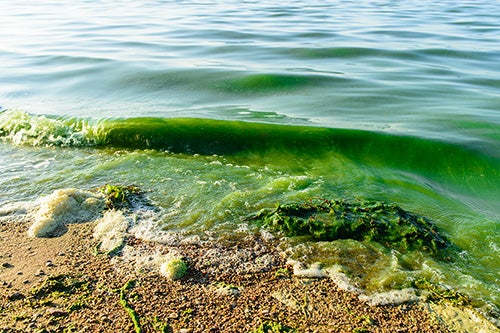
The week of April 7-11, 2025, was recently named Phosphorous Week by Illinois Gov. JB Pritzker. This occurred in large part due to efforts by the Science and Technologies for Phosphorous Sustainability (STEPS) Center, a collaboration of scientists that works to raise awareness of the environmental impacts of using phosphorous for fertilizing crops. Professor of sociology and law Anna-Maria Marshall, who played a role in the formation of STEPS, answered some questions about the group and its goals.
What are the benefits and drawbacks of using phosphorous in agriculture? What does more sustainable use of phosphorous look like?
Phosphorus is one of the essential nutrients in agricultural production and is one of the major factors in the so-called Green Revolution that is responsible for massive growth in the fertility of the soils.
Unfortunately, when excess phosphorus runs off the fields and into our waterways, it’s responsible for the growth of plant life in those waters. It causes algal blooms and is largely responsible for the Dead Zone in the Gulf of Mexico, posing a threat to the fishing and tourist industries.
More sustainable use of phosphorus in agriculture can take several forms. First, it might include convincing farmers to use less fertilizer in their fields. Farmers could adopt innovative approaches to fertilization, which would mean using less fertilizer that produces the same yields. In addition, farmers might use some farming practices that filter the phosphorus from the water before it reaches the waterways, such as installing wetlands or using conservation tillage.
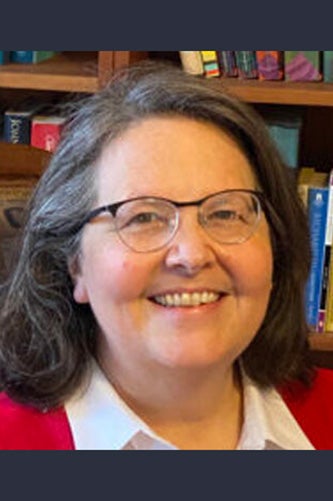
How and when did you get involved in research and education about phosphorous sustainability?
I have been working with my colleagues in the STEPS Center since 2019 when the proposal to the (National Science Foundation) was first being developed. I was introduced to the STEPS team by a colleague who had worked on the INFEWS-ER, an NSF-funded program that developed multi-disciplinary training for graduate students in science and engineering working in the field of food-energy-water systems.
My research in the STEPS Center focuses on finding pathways and obstacles to the adoption of innovative technologies that advance phosphorus sustainability, including regulatory and governance structures that make implementation of those technologies more likely.
What is the STEPS Center and what are its goals? What kind of progress has it achieved?
The STEPS Center is a convergence research community of diverse and leading scientists that addresses the complex challenges in phosphorus sustainability by integrating disciplinary contributions across the physical, life, social, and economic sciences. STEPS draws from atomic and molecular insights (e.g., chemistry, materials research, biochemistry, bioengineering) to develop materials and technologies that are deployed at the human scale (e.g., environmental and agricultural engineering, plant biology, crop and soil sciences) while considering supply-chain logistics, life cycle, and other regional and global issues (e.g., ecology, economics, sociology, policy). STEPS further leverages disciplinary contributions that transcend length scales and serve as integration mechanisms within the Center (e.g., science of team science, data science).
The STEPS vision is to facilitate a 25% reduction in human dependence on mined phosphates and a 25% reduction in losses of point and non-point sources of phosphorus to soils and water resources within 25 years, leading to enhanced resilience of food systems and reduced environmental damage.
In our fifth year, in addition to our extensive list of publications, we also have forged relationships with stakeholders across a wide range of sectors, including industry, wastewater facilities, and agricultural production seeking ways of advancing our mission.
Note: Some of the response to this question was drawn from the STEPS website.
What is the significance of the governor having a week dedicated to this issue? How did the idea to dedicate a week to it occur?
Phosphorus management is an important part of policy initiatives in Illinois, such as the Nutrient Loss Reduction Strategy advancing the agenda of the EPA’s Hypoxia Task Force. The governor’s dedicating a week to this issue helps raise the profile of those initiatives.
The idea originated in the STEPS Center, specifically our director of science communications, Megan Kittle Autry. Phosphorus is the 15th element in the periodic table, and her idea was to have the 15th week of the year declared Phosphorus Week in every state that houses a university participating in STEPS. Besides Illinois, that includes North Carolina, Arizona, Arkansas, Florida, and Wisconsin.
How can people help advance the cause of more sustainable phosphorous usage?
People could compost their food scraps. We lose an enormous amount of phosphorus through food waste, and composting food scraps returns the phosphorus to nutrient-dense soil. My involvement in STEPS is the reason I now collect food scraps. I’m not a gardener so I don’t compost it myself, but I take my food scraps to a collection center in Chicago (where I live).

